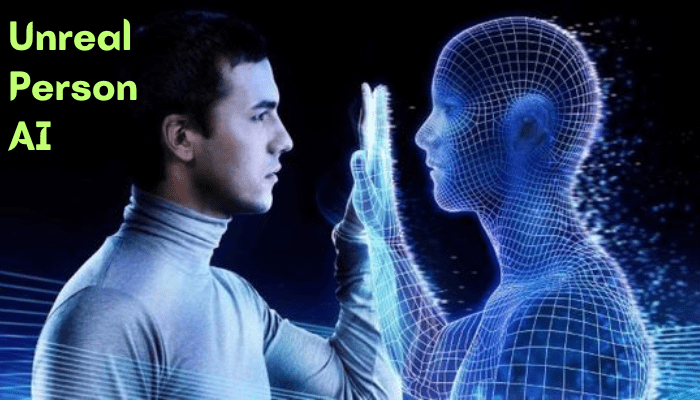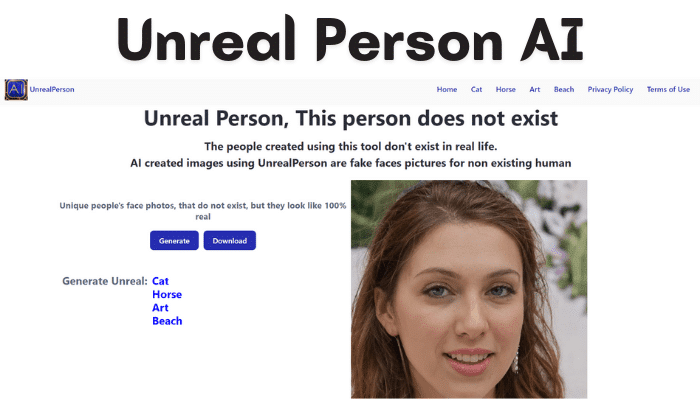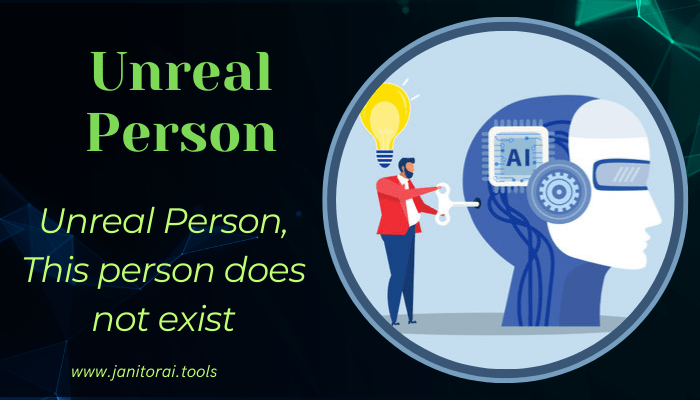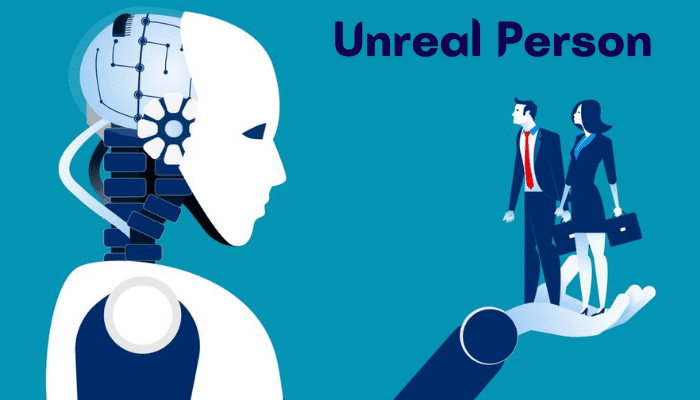Have you ever seen someone on TV or in a game and thought, “Wow, that person looks so real!”? Well, you might be looking at an unreal person! These digital humans are taking the world by storm in 2024. They’re not just for fun – they’re changing how we see technology and art. Let’s dive into the world of unreal Persons and see why they’re such a big deal.
Visit: Unreal Person
What is an Unreal Person?
An unreal person is a digital human created using computer software. They look and move like real people, but they’re not. These virtual beings are made using special programs that let artists shape every detail. From the color of their eyes to the way they smile, everything is crafted by skilled designers.
The idea of making fake people isn’t new. It started with simple cartoons and grew into the lifelike characters we see today. In the early days, digital humans looked stiff and fake. But as computers got better, so did the unreal Person. Now, it’s hard to tell them apart from real actors sometimes!

How to Create an Unreal Person
To make an unreal person, you need some special tools. The most famous one is called Unreal Engine. It’s a powerful program that game makers use, but it’s great for creating digital humans too. Other tools include:
- 3D modeling software
- Motion capture equipment
- Texture painting programs
- AI-powered animation tools
Step-by-Step Creation
- Start with a basic shape: Begin with a 3D model that looks like a human.
- Add details: Shape the face, body, and features to make your character unique.
- Create skin and hair: Use textures to make the skin look real and add hair.
- Rig the model: This means adding a digital skeleton so the character can move.
- Animate: Make your unreal person move and express emotions.
- Add voice and personality: Use AI to give your character a voice and behaviors.
Benefits of AI-generated Characters
Unreal people are useful in many fields:
- Movies: They can do stunts that are too dangerous for real actors.
- Games: Players can customize characters to look however they want.
- Education: Virtual teachers can help students learn at their own pace.
- Customer Service: AI avatars can assist customers 24/7.
One famous example is the unreal person American Airlines used in a safety video. The digital host explained safety rules in a clear, engaging way. Another case is when a woman sees an unreal person on a plane in a VR training program for flight attendants. These examples show how versatile an unreal Person can be.

Best Tools for Digital Humans
- Unreal Engine: The go-to for high-quality digital humans.
- MetaHuman Creator: A user-friendly tool for quick character creation.
- Daz 3D: Great for beginners who want to make realistic 3D people.
- Character Creator: Offers a wide range of customization options.
Which One Should You Choose?
If you’re just starting, try Daz 3D or Character Creator. They’re easier to use. For pros or those wanting top-quality results, Unreal Engine is the way to go. MetaHuman Creator is a good middle ground – it’s powerful but not too hard to learn.
Virtual Avatars in Gaming
Unreal Person are making games more fun and personal. Players can make characters that look just like them or create new personas. This makes the game world feel more real and exciting.
- “The Last of Us Part II”: The characters look so real, it’s scary!
- “Cyberpunk 2077”: This game is full of unique, detailed digital humans.
- “Death Stranding”: Features an unreal person based on actor Norman Reedus.
These games show how far we’ve come in making digital people look real.

Future of Digital Humans
The future of Unreal Person is exciting. Here are some things we might see:
- More realistic emotions and expressions
- Digital humans in everyday apps and websites
- Virtual influencers becoming as popular as real ones
- AI-powered digital humans that can think and react on their own
Making an unreal Person isn’t all easy. There are some problems to solve:
- Ethical concerns about using digital humans
- The “uncanny valley” effect where almost real looks creepy
- High costs of creating very realistic digital humans
- Balancing realism with artistic style
Alternatives for Unreal Person
- Digital Avatar Digital Avatars are computer-generated characters that represent real people online. They can be used in games, social media, and virtual meetings. Digital Avatars let users customize their looks and express themselves in unique ways.
- Virtual Influencer Virtual Influencers are fake social media personalities created by AI. They post content, promote products, and interact with followers like real influencers. These digital beings are becoming more popular in marketing and entertainment.
- AI Companion AI Companions are digital friends or assistants powered by artificial intelligence. They can chat, offer advice, and provide emotional support to users. These virtual pals are designed to be helpful and understanding conversation partners.
- Synthetic Media Character Synthetic Media Characters are AI-generated people used in videos, images, and audio. They can be made to look and sound like real people or entirely new beings. These characters are often used in entertainment and advertising.
- PixAI is a tool that creates realistic AI-generated images of people. It can make photos of faces that don’t belong to real people. PixAI is useful for designers, marketers, and anyone needing unique human images.
- Deepfake Persona Deepfake Personas are AI-created versions of real people, often celebrities. They use advanced tech to mimic a person’s face, voice, and mannerisms. While controversial, they’re used in entertainment and sometimes for educational purposes.

FAQs
What is an Unreal Person?
An Unreal Person is a digital human created using AI and computer graphics. They look and act like real people but don’t exist. Unreal Person is used in games, movies, and online content.
How are Unreal Person made?
Unreal Person is made using special software like Unreal Engine. Artists use 3D modeling to create the body and face. Then they add textures for skin and hair and use AI for movements and expressions.
Can Unreal Person replace real actors?
Unreal Person can do some things actors do, like appear in ads or games. But they can’t fully replace real actors. Real actors bring unique emotions and skills that are hard for digital humans to copy.
Are Unreal Persondangerous to society?
Unreal People have both good and bad sides. They can help in education and entertainment. But they might also spread fake news or trick people. It’s important to use them responsibly.
Can I create my Unreal Person?
Yes, you can create an Unreal Person with the right tools and skills. You’ll need to learn 3D modeling, animation, and how to use AI software. There are online courses and tutorials to help you get started.
Conclusion
Unreal Person is more than just cool computer graphics. They’re changing how we think about art, technology, and even what it means to be human. From movies and games to education and business, these digital beings are everywhere.
As the technology gets better, we’ll see even more amazing unreal Persons. They’ll look more real, act more natural, and do things we can’t even imagine yet. It’s an exciting time to be alive and see this tech grow.
But remember, as cool as unreal people are, they’re not real. It’s important to enjoy them in games, movies, and apps, but also to value real human connections. The future is full of possibilities, and unreal people are just one part of it.
Whether you want to create your unreal person or just enjoy seeing them in media, there’s a lot to look forward to. Who knows? Maybe one day you’ll be chatting with an unreal person and not even realize it!
